What is fat? Fat, also known as dietary fat, is a compound found in food and living organisms. Fat serves important functions in the human body. So, what types of fats are there? And how can you make the right choices when it comes to consuming healthy fats? This article will answer these questions for you.
What is Fat?
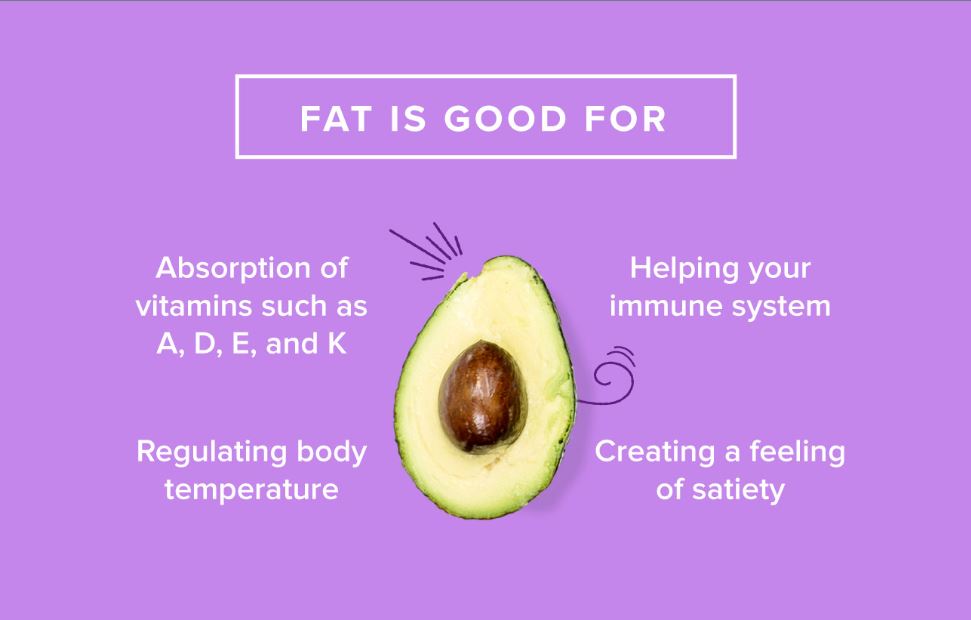
Fat is an essential nutrient in our daily diet. Alongside carbohydrates and proteins, fat is a rich source of energy for the body. One gram of fat provides approximately 9 calories, which is about 2.25 times the energy provided by protein or carbohydrates.
In addition to providing energy, fat also helps protect internal organs and acts as insulation. Fat plays an important role in creating a feeling of fullness after meals. Vitamins A, D and E require fat for proper absorption and metabolism in the body.
However, consuming excessive amounts of fat, especially unhealthy saturated fats, can have negative effects on health. It can lead to weight gain, increased levels of bad cholesterol in the blood, and an increased risk of cardiovascular diseases. Therefore, eating fats in moderation and choosing healthy fats is crucial. Let's explore the different types of fats below.
Classification of fats
Fats can be divided into three main types:
1. Saturated Fat
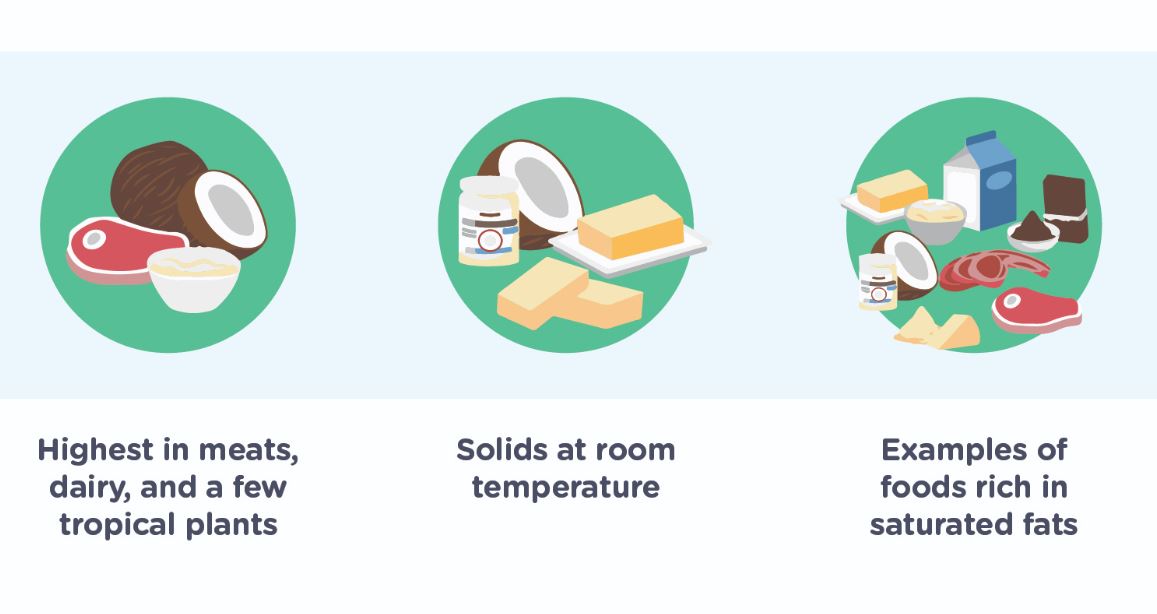
Saturated fat has the following characteristics:
-
Structure: Carbon bonds are predominantly single bonds.
-
Form: Usually solid or semi-solid at room temperature.
-
Found in animal-based foods: animal fat, cream, butter, milk, dairy products, and processed foods.
-
Found in small amounts in plant-based sources: palm oil, coconut oil, cocoa, and various vegetable oils.
Saturated fat is often categorized as bad fat. It is widely believed that consuming excessive saturated fat can increase levels of bad cholesterol in the blood and contribute to heart and organ-related diseases.
However, there are also studies suggesting that consuming saturated fat in the right amounts and in the right way can provide certain benefits. It can aid in nutrient absorption and promote metabolic processes. When cooking, using foods containing saturated fat in moderation reduces the production of harmful substances. Additionally, it can help control cravings and appetite.
2. Unsaturated Fats
Unsaturated fats have the following characteristics:
-
Structure: Contains at least one double bond between carbon atoms.
-
Form: Usually exists in liquid form at room temperature.
-
Found in plant-based sources: such as legumes, nuts, vegetable oils, etc.
-
Found in smaller amounts in animal-based sources: such as fatty fish and shellfish…
Unsaturated fats are divided into two types:
-
Monounsaturated fats: Found in vegetables, legumes, nuts, olive oil, peanut oil, avocado, etc.
-
Polyunsaturated fats: Found in vegetable oils, chia seeds, soybeans, salmon, tuna, trout, mackerel, oysters, etc.
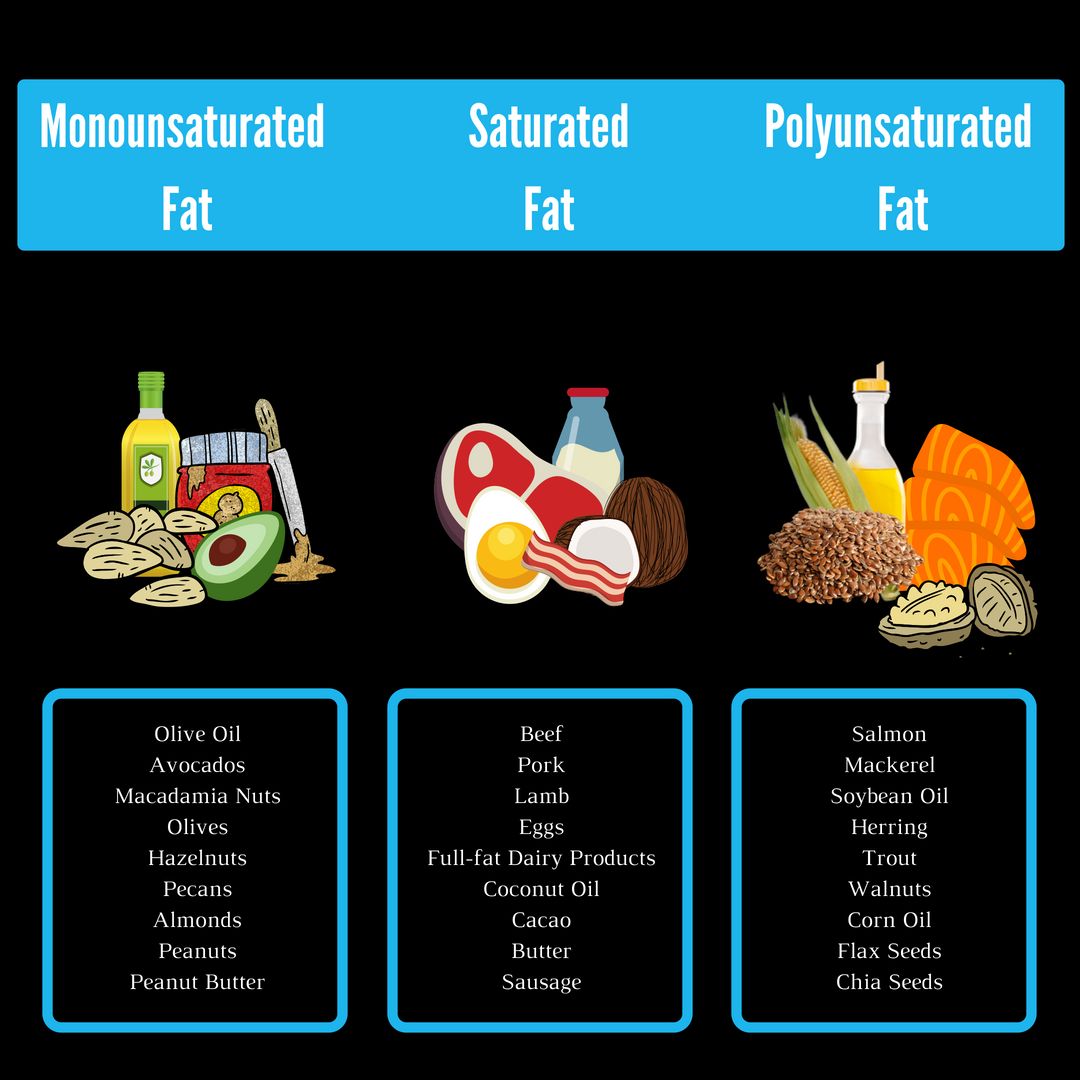
Both types of unsaturated fats are categorized as good fats when consumed in moderation. They can help reduce the risk of arterial plaque, lower bad cholesterol levels, and increase good cholesterol in the blood, thus preventing cardiovascular diseases. Additionally, they can reduce joint pain and help regulate stable blood pressure.
However, consuming excessive amounts of good fats in the diet can still have negative health effects, such as excess calorie intake, loss of weight control, and increased risk of obesity.
3. Trans Fats
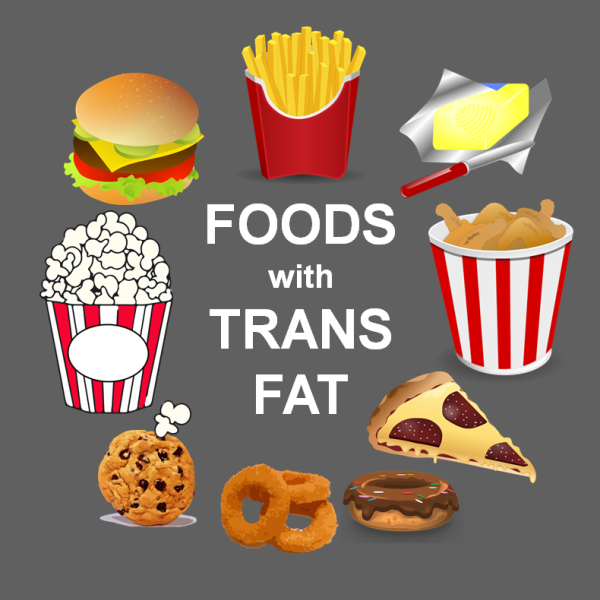
Trans fat is commonly found in nature or produced during food processing, especially in deep-fried and fried foods with high-fat content. Foods that contain trans fats include:
-
Baked goods: crackers, cookies, pastries, cakes, baked goods, etc.
-
Fast food: fried chicken, pizza, french fries, etc.
-
Deep-fried foods: potato chips, banana fritters, doughnuts, etc.
-
Processed foods: microwave popcorn, snacks, instant noodles, etc.
-
Dairy products and grass-fed animal products…
According to research, naturally occurring trans fats are less concerning than artificial, synthetic, or industrially produced trans fats. Trans fats are categorized as bad fats and are even worse than saturated fats because they contain very little beneficial fats for the body. They increase bad cholesterol levels and make the body more susceptible to heart disease, type 2 diabetes, etc.
Building a balanced fat intake
Nutrition experts recommend the following guidelines for a 2000-calorie/day diet:
-
Total fat intake: 20-35% of daily calories (equivalent to 44-77g)
-
Saturated fat: Less than 6% of daily calories (less than 22g)
-
Monounsaturated fat: 15-20% of daily calories (equivalent to 33-44g)
-
Polyunsaturated fat: 5-10% of daily calories (equivalent to 11-22g)
-
Trans fat: 0-1% of daily calories (less than 2g)
To maintain a balanced and healthy diet, it's important to control the amount of fat consumed and prioritize choosing good fat sources from food. Here is an image categorizing good and bad fats:
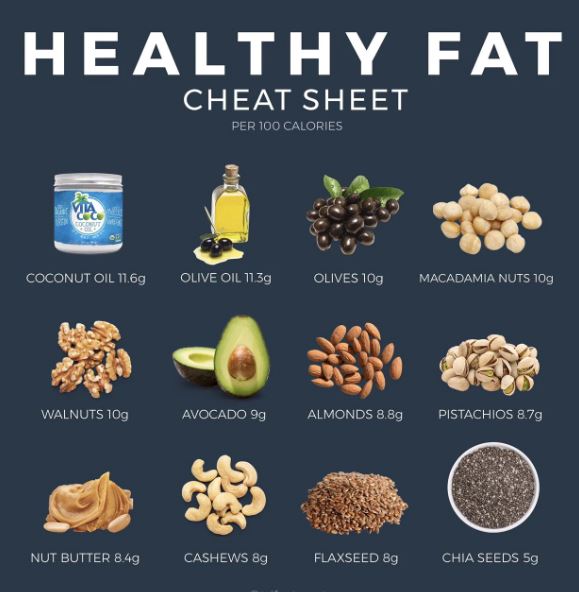
Conclusion
By now, you should have a clear understanding of what is fat and its importance in our diet. Ensure that you consume fat in moderate amounts and choose sources of good fats to promote a healthy lifestyle.
If you have any questions or concerns about fat, it's advisable to consult with a nutrition expert or doctor for detailed and personalized advice based on your health condition.